Butterfly magazine editor Liam Creedon reveals how George Orwell, cannibalism, mad kings, theft and cigarettes make Hawk-moths the rock stars of UK mothing.
We cannot be sure if celebrated author George Orwell was into moths, but if he was, he may well have been minded to adapt the famous quote from his best-known work Animal Farm thus: ‘All moths are equal, but some moths are more equal than others.”
In every animal family, there is one standout, that species with a special something that sets it apart and sets the pulses of the wildlife lovers racing. For some birders it is obscure warblers, for plant lovers it is often orchids, but for many moth-ers, it is, of course, the Hawk-moths.
We have just 12 native species of Hawk-moth in the UK, some rare, some common, yet despite the small number of species and the mainly nocturnal hours that they keep, the impact these insects have had on our history, culture and folklore is extraordinary.
Hawk-moths are quite simply the rock stars of UK mothing. Wildly coloured, noisy, large, some badly behaved and one with a penchant for tobacco, Hawk-moths have haunted Hollywood blockbusters, graced historical works of art and fluttered amongst the pages of our greatest literature.
So named for their fast, direct and hawk-like flight, they are happily not that difficult to spot, you probably have several species visiting your own garden under the cover of darkness.
Moth trap owners will regularly attract a handful of species and you might even get lucky with an outdoor light. Failing that you can take matters into your own hands and inspect your buddleia, honeysuckle or tobacco plants with a torch.
It is often an encounter with a hawk-moth that ignites a passion for wildlife in young hearts and minds, so this summer why not make the effort to go hawking for hawk-moths.
The UK’s most charismatic Hawk-moths
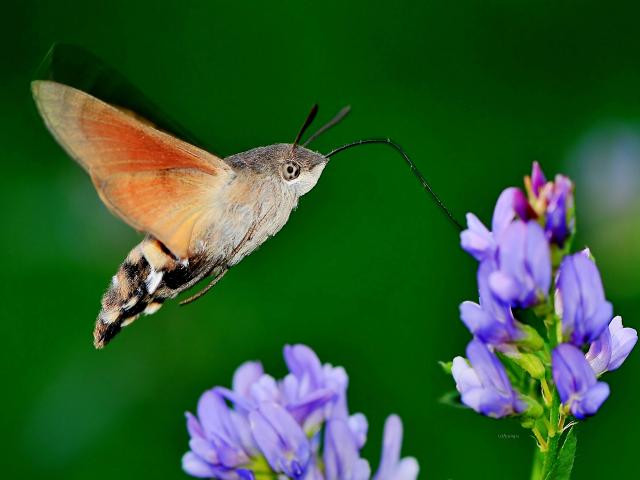
Humming-bird Hawk-moth
That first encounter with a ‘hummer’ is likely to lead to a sense of shock and awe. They really do look like humming-birds as they hover, seemingly suspended from invisible thread over buddleia flowers. The hummer, which is found on the Continent, beats its wings 80 times per second, enabling to hover with the avian precision of its namesake. Typically only a summer visitor to the UK, in recent years the warming climate has seen the day-flying moth successfully overwinter in greenhouses and sheltered locations in South West England.
Spotting a Humming-bird Hawk-moth has long been considered a good omen – a small swarm of the orange and brown moths was famously seen flying over the Channel on D-Day in 1944.
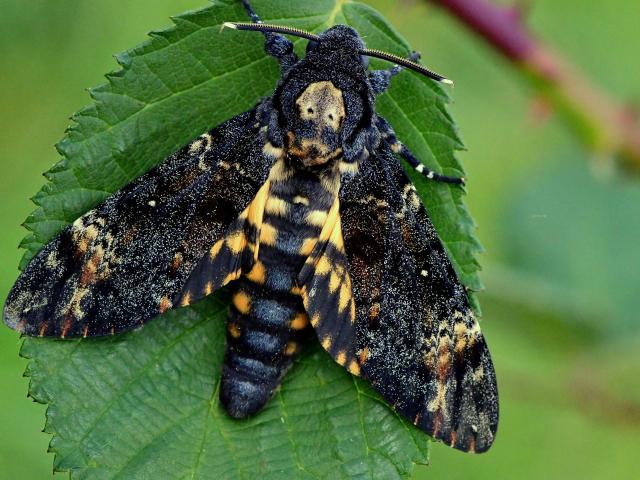
Death’s-head Hawk-moth
Without a doubt, the Death’s-head is the bad boy of the Hawk-moth family. Bearing a skull marking on its back it has long been seen as an omen of death. The Death’s-head has stalked literature and art appearing as a prophecy of doom in novelist Thomas Hardy’s The Return of the Native and an ill-advised love token in William Holman Hunt’s 1851 painting The Hireling Shepherd. The moth was even rumoured to be a tormentor of King George III, who in 1801 was thrown into one of his infamous bouts of ‘madness’ when two large Death’s-head Hawk-moths were discovered in his London bedchambers. More recently a stylised version of the moth featured on promotional posters advertising 1991 horror film The Silence of the Lambs, the movie that introduced the world to terrifying cannibal – Hannibal Lecter.
The Death’s-head is actually quite rare with only a handful appearing in the UK each autumn. The moth specialises in theft, with a habit of entering beehives to pilfer honey.
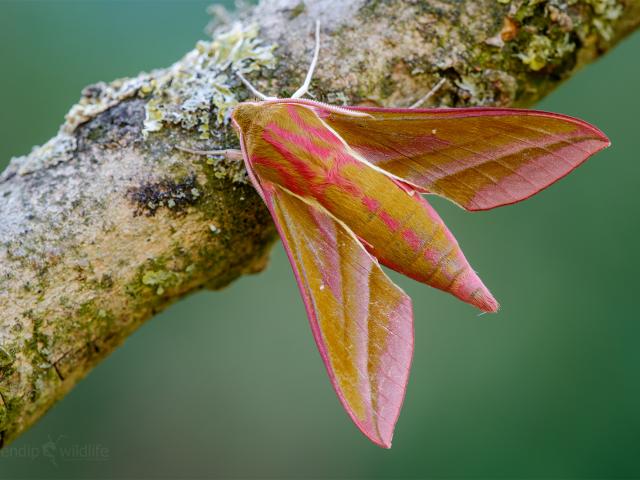
Much more cuddly than the Death’s-head the Elephant Hawk-moth looks like a beautiful brooch accidentally discarded amongst the flower bed. Dressed in shades of pink and olive, this is a truly stunning moth. So named for its caterpillar’s distinctive extendable snout that recalls an elephant’s trunk, the Elephant-hawk is widespread and commonly found in gardens.
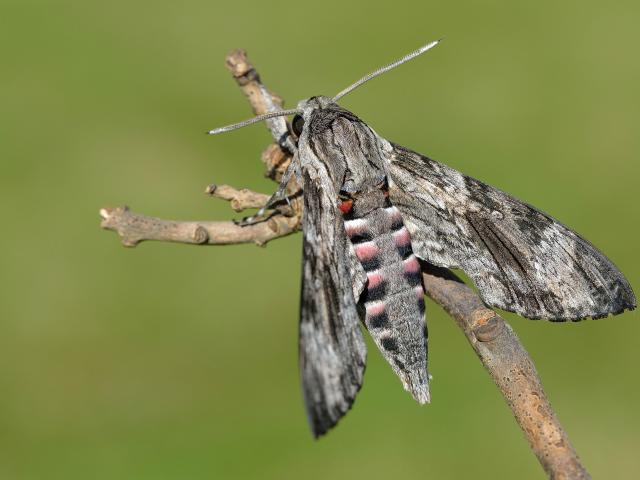
Convolvulus Hawk-moth
One of the largest moths in Europe and boasting a tongue longer than its body, the Convolvulus Hawk-moth is a tobacco fiend, well the nectar from tobacco plants to be precise. It’s well worth depositing a few of these plants in your garden to increase your chances of attracting this giant. Relatively rare, a few hundred Convolvulus Hawks are spotted in the UK annually, mainly during late summer and early autumn.
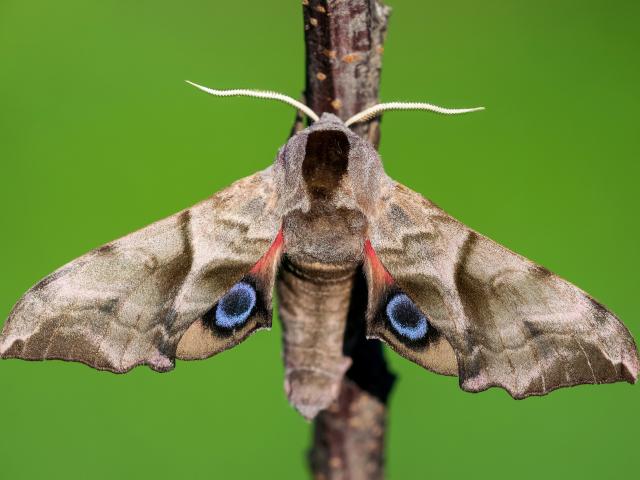
Eyed Hawk-moth
Upset this moth and you are in for a shock. The Eyed Hawk-moth doesn’t take any nonsense, get too close or handle it too roughly and it will flash open its forewings revealing striking blue eyespots on a red background – enough to startle would-be predators and over-zealous children. Common and widespread they can be found in gardens.
Follow Liam on Twitter @liamcreedon


